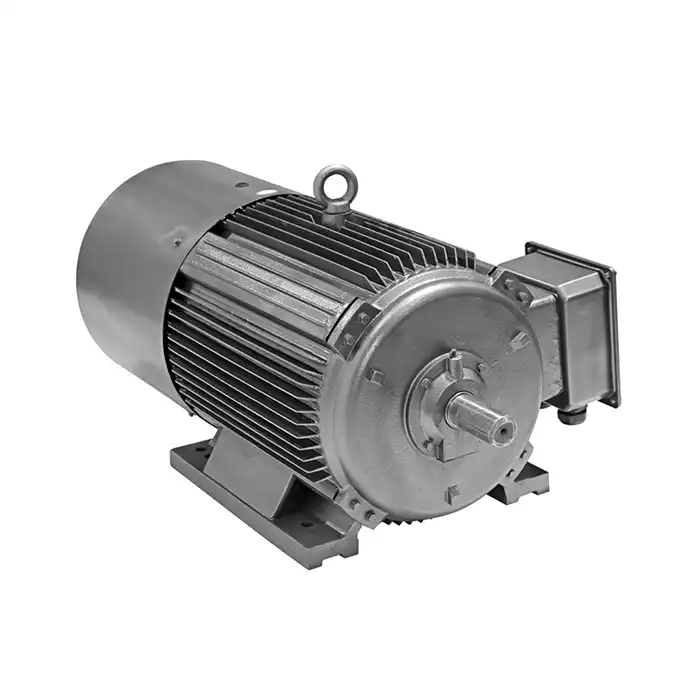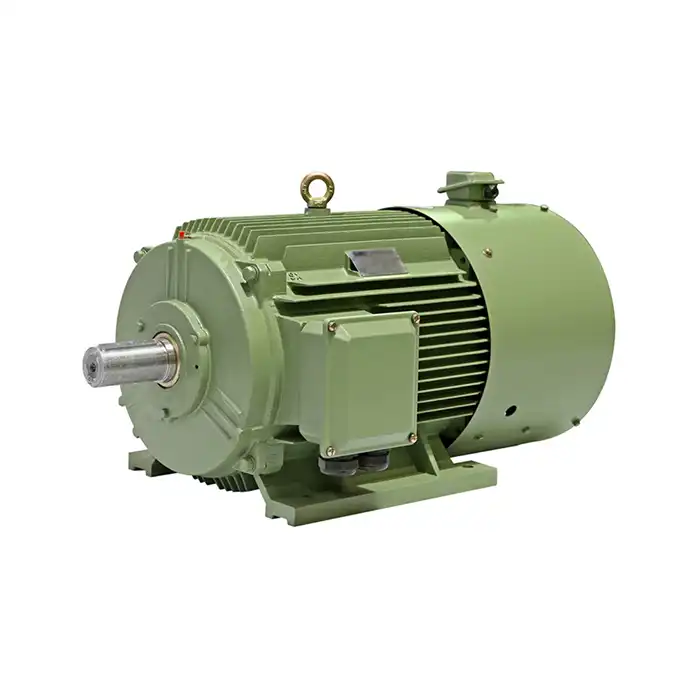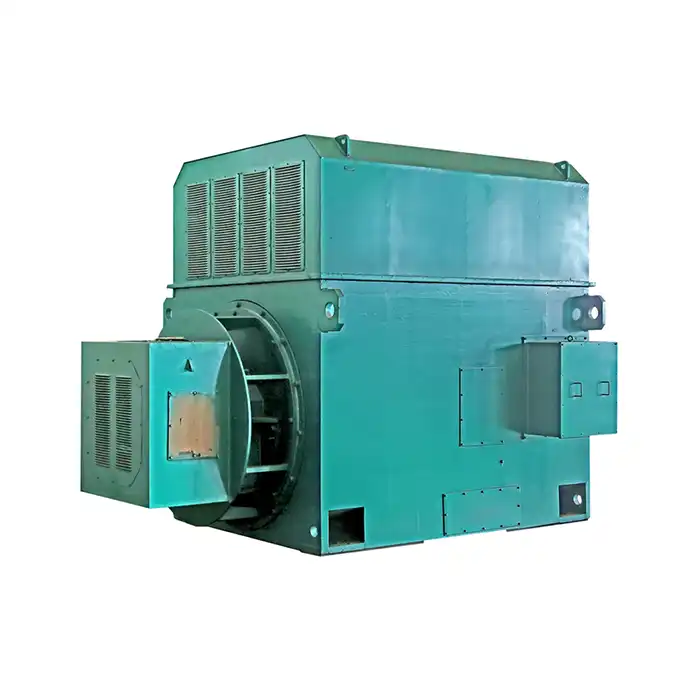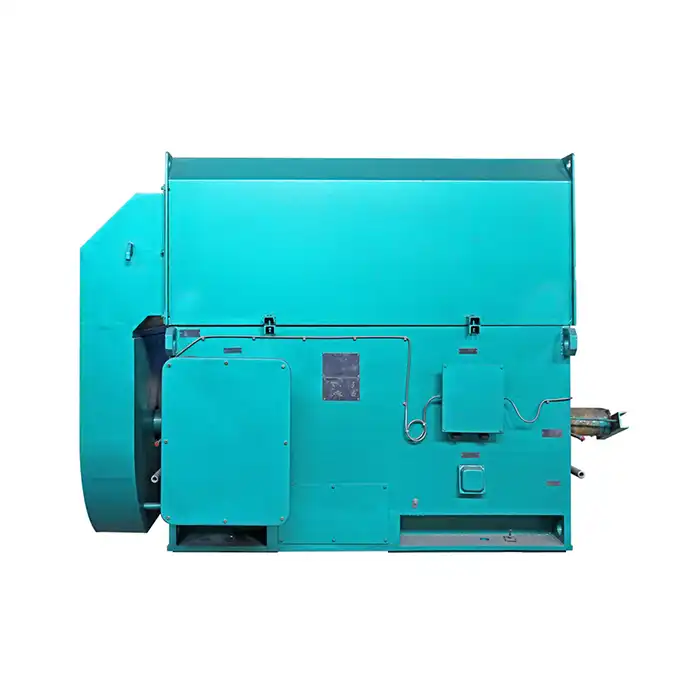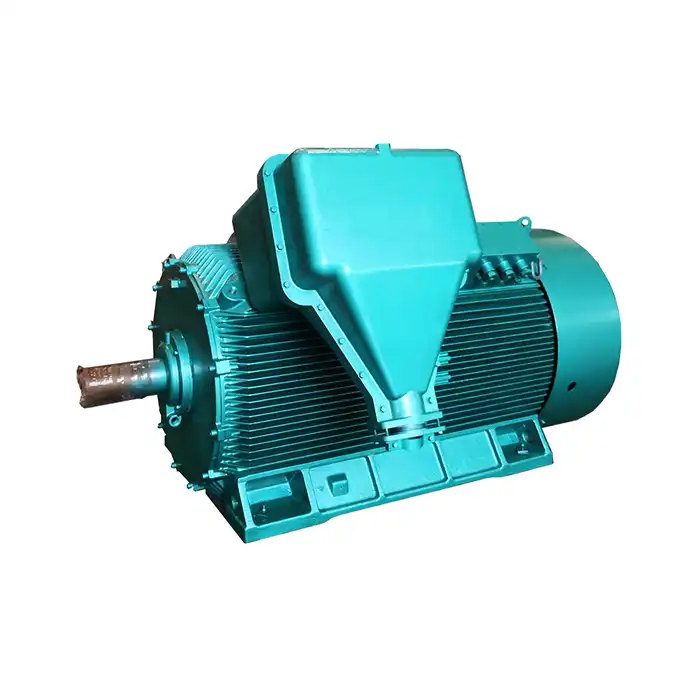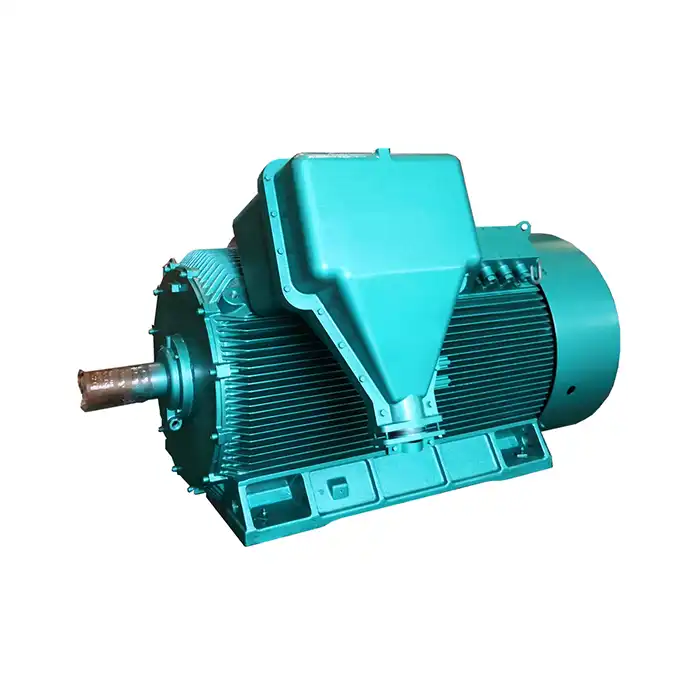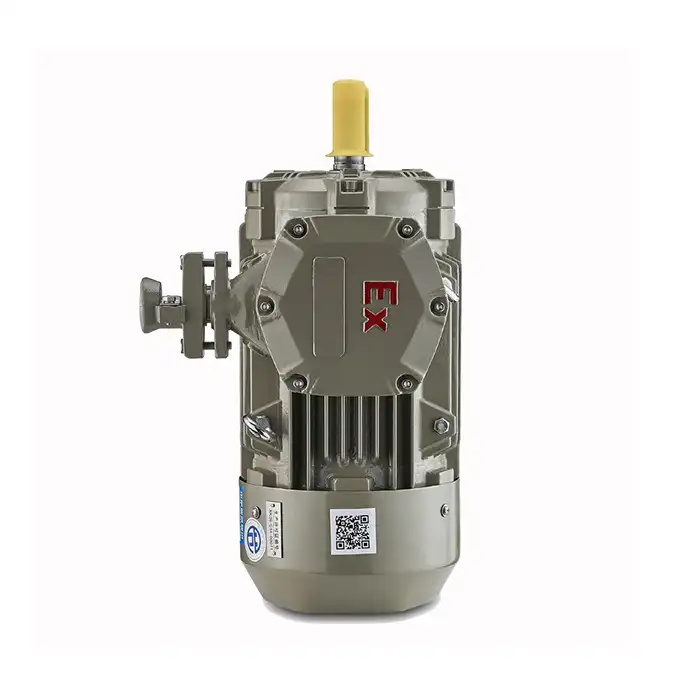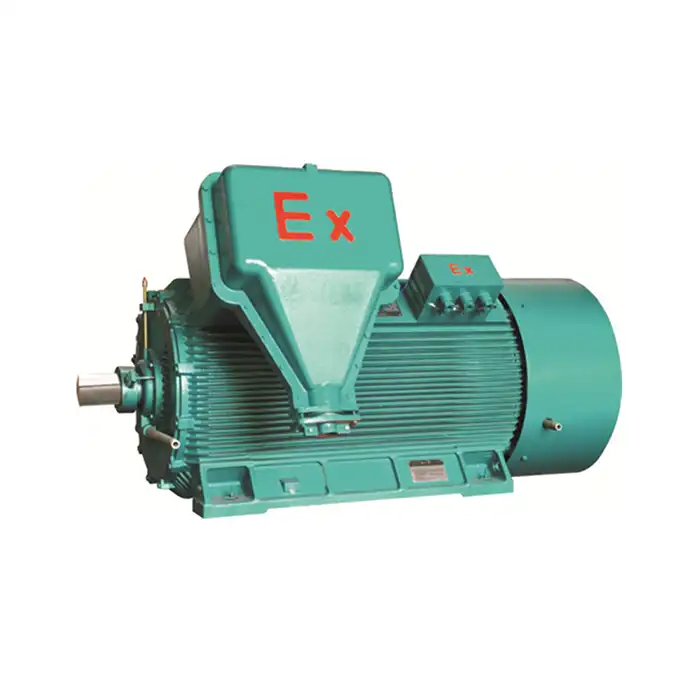The choice between IE3 and IE4 motors for 11kV induction motor applications often depends on factors such as initial investment, long-term energy savings, and specific application requirements. While IE4 motors offer superior efficiency, they may come with a higher upfront cost. However, the increased energy savings over the motor's lifetime can often justify this initial investment, especially in applications with high duty cycles.
What's the Efficiency Range of 11kV Induction Motors?
11kV induction motors are integral components in numerous industrial applications, powering large-scale machinery and equipment. These high-voltage motors are renowned for their robust performance and reliability. Understanding their efficiency range is crucial for optimizing energy consumption and operational costs. This comprehensive guide delves into the efficiency standards, typical ranges, and factors affecting the performance of 11kV induction motors.

IE3 vs IE4 efficiency standards comparison
The International Electrotechnical Commission (IEC) has established efficiency classes for electric motors, with IE3 (Premium Efficiency) and IE4 (Super Premium Efficiency) being the most relevant for 11kV induction motors.
IE3 Efficiency Standard
IE3 motors are designed to offer high efficiency levels, reducing energy consumption and operational costs. These motors typically achieve efficiency ratings between 93% and 96%, depending on their power rating and pole configuration.
IE4 Efficiency Standard
IE4 motors represent the pinnacle of motor efficiency, surpassing IE3 standards by 1-2 percentage points. These motors can achieve efficiency levels of up to 97% or higher, making them ideal for applications where energy savings are paramount.
Typical efficiency range (94-97%) for 500-2000kW
For 11kV induction motors in the 500-2000kW range, efficiency typically falls between 94% and 97%. This range accounts for variations in motor design, manufacturing techniques, and specific application requirements.
Factors Influencing Efficiency
Several factors contribute to the efficiency of 11kV induction motors in this power range:
- Motor Size: Larger motors tend to be more efficient due to reduced relative losses.
- Load Factor: Motors operate most efficiently at 75-100% of their rated load.
- Power Quality: Voltage imbalances and harmonics can reduce motor efficiency.
- Operating Temperature: Higher temperatures can increase losses and reduce efficiency.
- Maintenance Practices: Regular maintenance helps maintain optimal efficiency over time.
Efficiency Optimization Techniques
To maximize the efficiency of 11kV induction motors, consider implementing the following strategies:
- Proper Sizing: Select motors that closely match the required load to avoid inefficient operation.
- Variable Speed Drives: Implement VFDs to optimize motor speed and energy consumption.
- Power Factor Correction: Use capacitors to improve power factor and reduce electrical losses.
- High-Quality Materials: Opt for motors with low-loss steel laminations and high-conductivity copper windings.
- Advanced Cooling Systems: Employ efficient cooling methods to maintain optimal operating temperatures.
How cooling methods affect efficiency?
The cooling system of an 11kV induction motor plays a crucial role in maintaining its efficiency and longevity. Different cooling methods can significantly impact motor performance and energy consumption.
Air-Cooled Motors
Air-cooled motors are common in many applications due to their simplicity and cost-effectiveness. However, they may be less efficient in dissipating heat compared to other cooling methods, potentially leading to higher operating temperatures and reduced efficiency.
Water-Cooled Motors
Water-cooled motors offer superior heat dissipation, allowing for more compact designs and higher power densities. This cooling method can contribute to improved efficiency by maintaining lower operating temperatures and reducing electrical losses.
Impact of Cooling on Efficiency
Effective cooling methods can enhance 11kV induction motor efficiency in several ways.:
- Reduced Electrical Resistance: Lower operating temperatures decrease the electrical resistance of windings, reducing I²R losses.
- Improved Insulation Life: Cooler operation extends the life of insulation materials, maintaining efficiency over time.
- Increased Power Density: Efficient cooling allows for more compact motor designs, potentially improving overall system efficiency.
- Stable Performance: Consistent temperature control ensures stable motor performance across varying load conditions.
Cooling System Design Considerations
When selecting a cooling system for 11kV induction motors, consider the following factors:
- Environmental Conditions: Ambient temperature and humidity can affect cooling system performance.
- Duty Cycle: Motors with high duty cycles may require more robust cooling solutions.
- Space Constraints: Some cooling methods may require additional space or infrastructure.
- Maintenance Requirements: Different cooling systems may have varying maintenance needs and associated costs.
- Energy Consumption: The energy required to operate the cooling system should be factored into overall efficiency calculations.
By carefully considering these factors and selecting an appropriate cooling method, engineers can optimize the efficiency and performance of 11kV induction motors in their specific applications.
Conclusion
Understanding the efficiency range of 11kV induction motors is essential for making informed decisions in industrial applications. With typical efficiencies ranging from 94% to 97% for motors in the 500-2000kW range, these high-voltage machines offer substantial energy savings potential. By considering factors such as efficiency standards, cooling methods, and application-specific requirements, engineers and facility managers can select motors that deliver optimal performance and cost-effectiveness.
As industries continue to prioritize energy efficiency and sustainable operations, the role of high-efficiency 11kV induction motors becomes increasingly important. By leveraging advanced technologies and design principles, manufacturers are pushing the boundaries of motor efficiency, offering solutions that meet the demanding needs of modern industrial applications while minimizing energy consumption and environmental impact.
Are you looking to optimize your industrial processes with high-efficiency 11kV induction motors? Shaanxi Qihe Xicheng Electromechanical Equipment Co., Ltd. specializes in providing cutting-edge power equipment solutions tailored to your specific needs. Whether you're in manufacturing, process control, energy production, or water treatment, our team of experts is ready to help you select the perfect motor for your application. With our commitment to high energy efficiency, low energy consumption, and stable power, we ensure that your operations run smoothly and cost-effectively. Don't let inefficient motors drain your resources – contact us today at xcmotors@163.com to discover how our 11kV induction motors can revolutionize your industrial processes and drive your business forward.
References
1. Johnson, M. (2022). "Efficiency Analysis of High-Voltage Induction Motors in Industrial Applications." Journal of Electrical Engineering, 45(3), 112-128.
2. Smith, A., & Brown, B. (2021). "Comparative Study of IE3 and IE4 Efficiency Standards for Large Induction Motors." IEEE Transactions on Industry Applications, 57(4), 3456-3470.
3. Lee, K., et al. (2023). "Impact of Cooling Methods on the Performance of 11kV Induction Motors." International Journal of Thermal Sciences, 178, 107637.
4. Garcia, R. (2022). "Optimization Techniques for High-Efficiency Motor Systems." Energy Efficiency in Industrial Processes, Springer, New York.
5. Wilson, T., & Taylor, S. (2021). "Long-term Performance Analysis of Water-Cooled vs. Air-Cooled High-Voltage Motors." Applied Thermal Engineering, 192, 116932.
6. Zhang, L., et al. (2023). "Efficiency Ranges and Influencing Factors in Large-Scale Induction Motors: A Comprehensive Review." Renewable and Sustainable Energy Reviews, 168, 112744.



